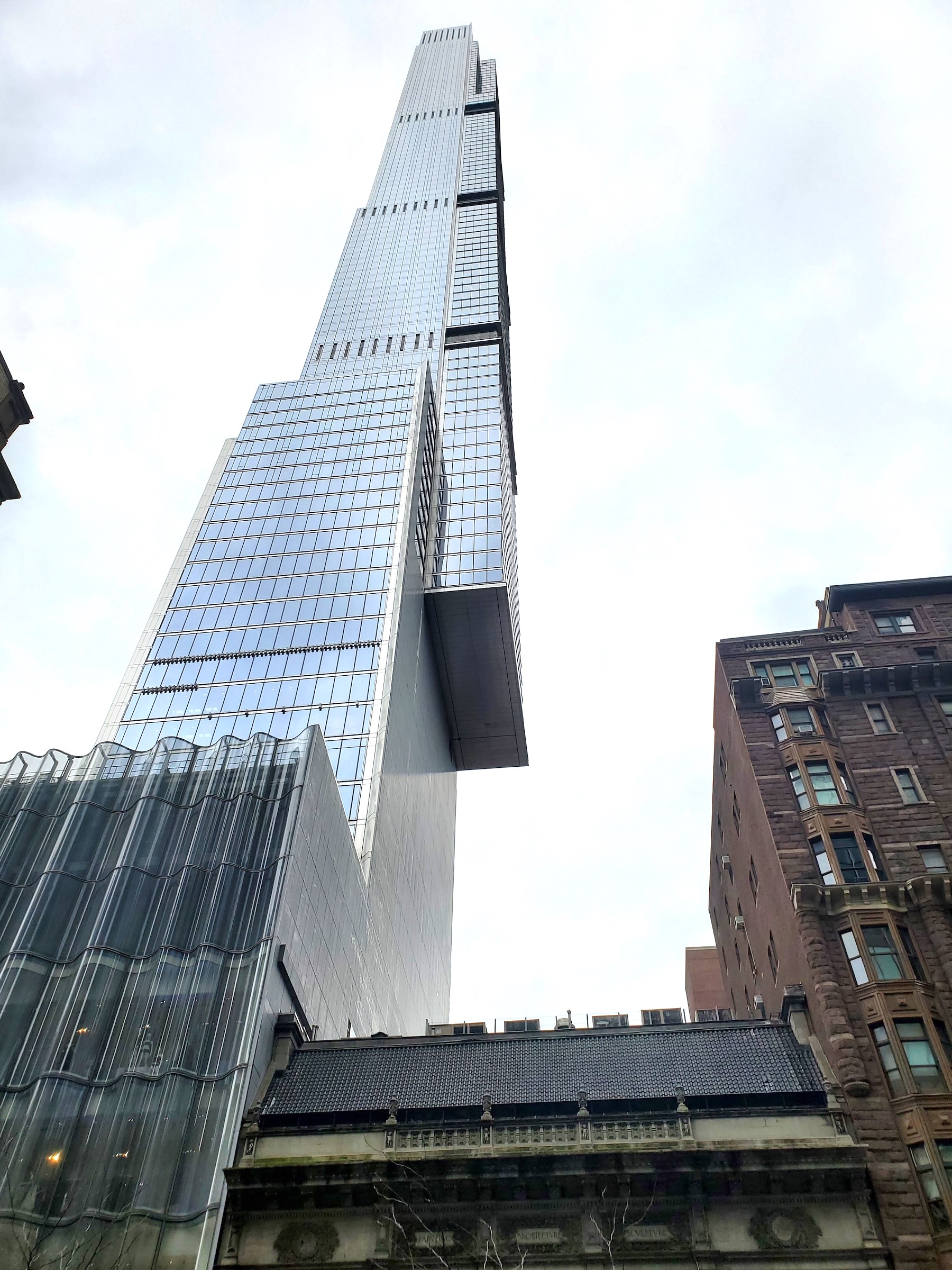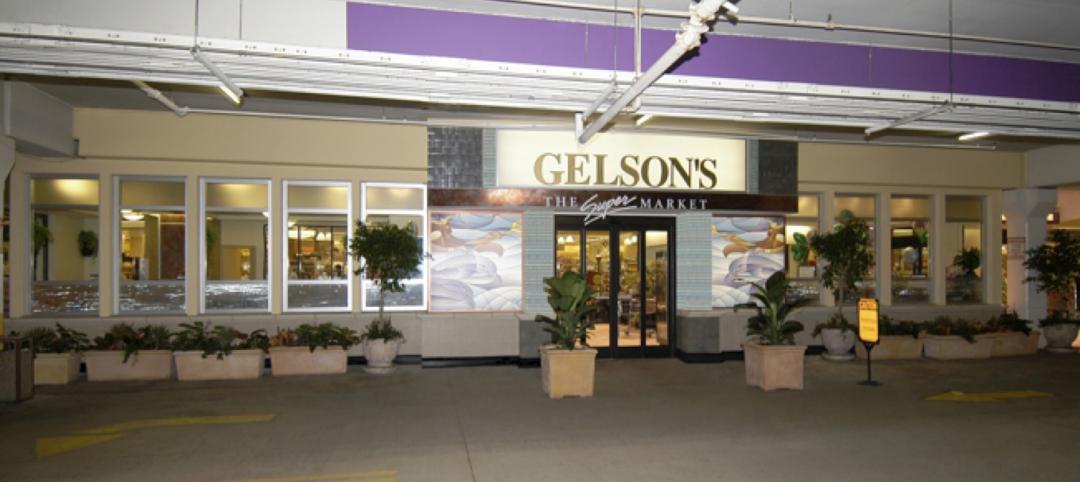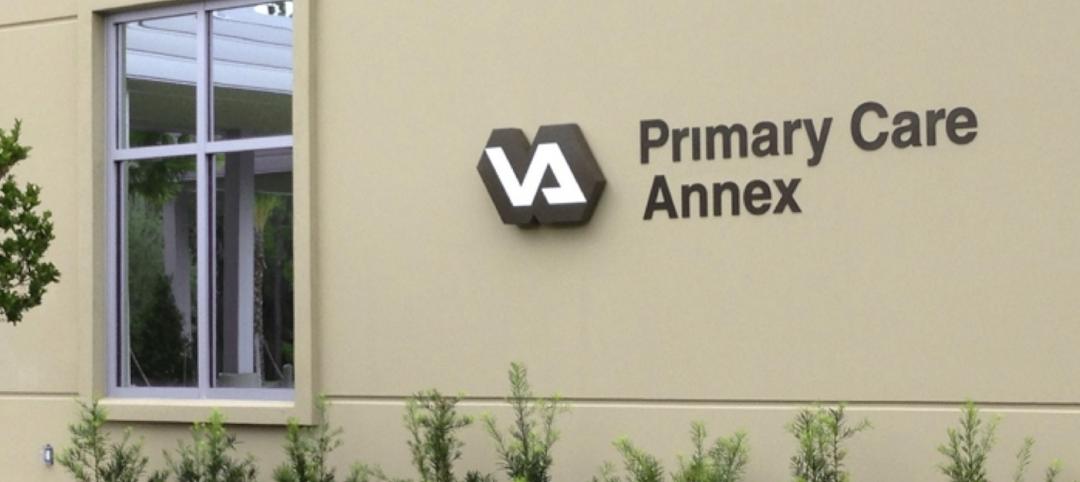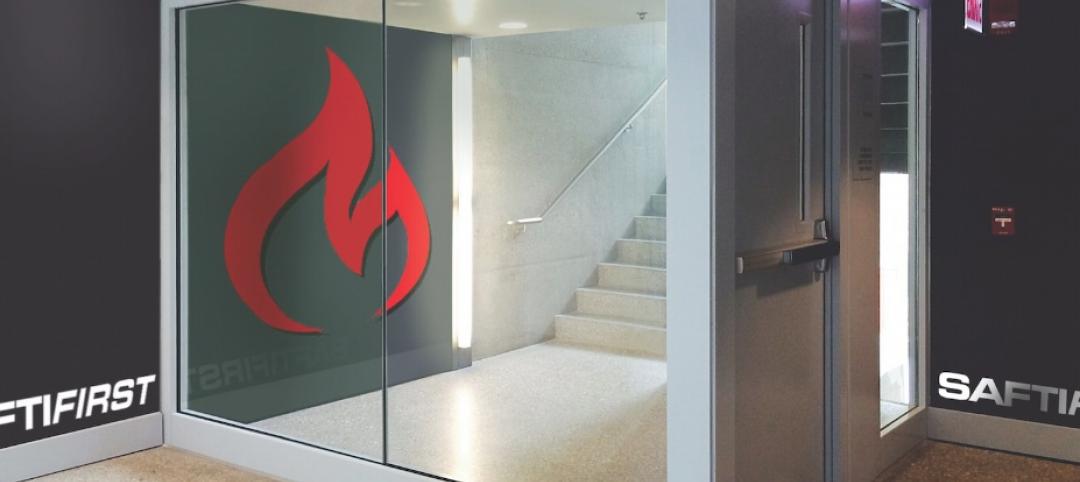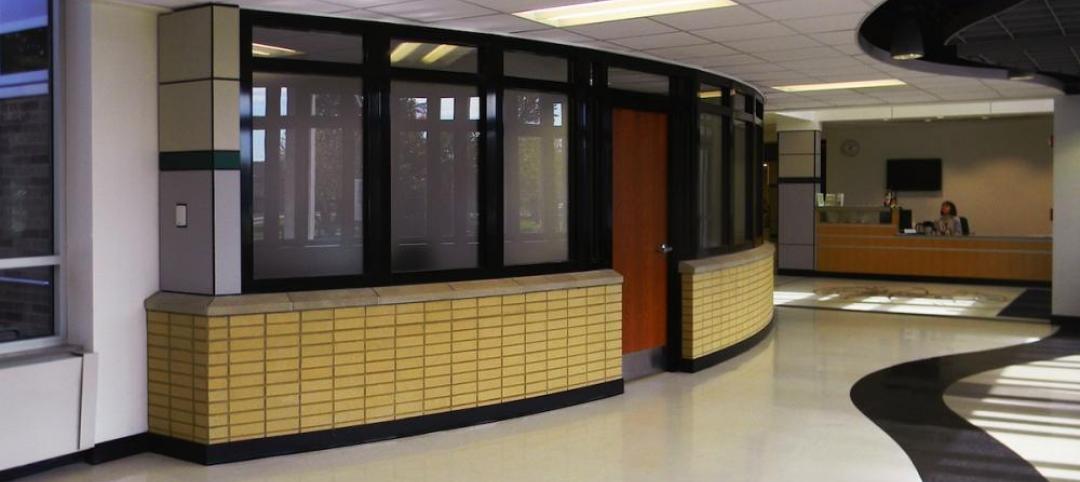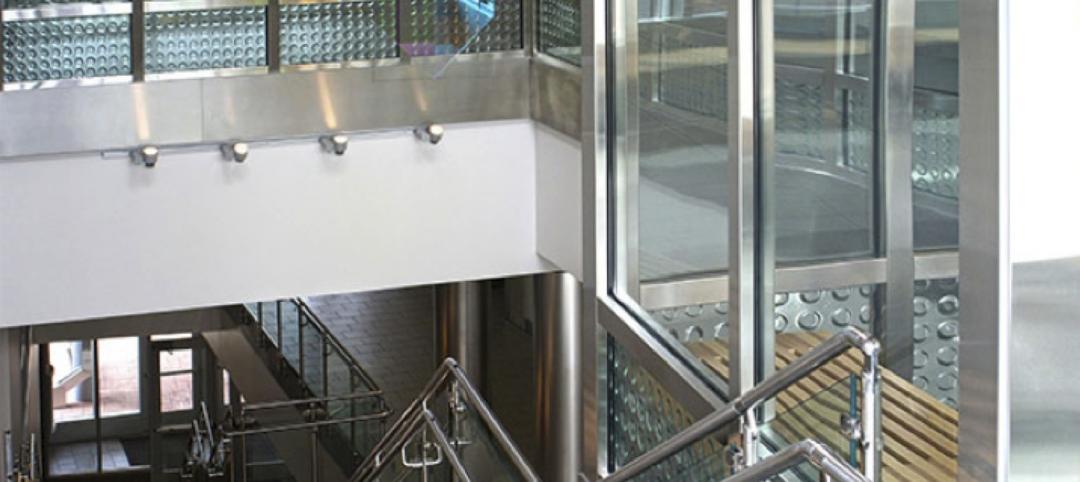Cantilevered buildings seem to be everywhere in New York City these days, as developers and architects strive to maximize space, views, and natural light in residential developments. With a seemingly insatiable demand for housing stock in a city that has limited availability and height restrictions in many areas, cantilevers have become a go-to solution and a design element in their own right. Central Park Tower, New York City’s tallest residential building and home to Nordstrom’s flagship Manhattan department store, famously incorporated the concept on the 13th floor to enhance views of the park.
Bold cantilevered designs are not without challenges though. In addition to basic structural challenges, fire protection and life safety considerations need to be addressed from the perspective of the cantilevered building, as well as from the adjacent building. Both properties are at risk from a fire initiated in either building, which can spread via conduction in solid materials, convection through circulating fluids such as air, or thermal radiation. To maximize life safety and fire protection, New York City mandates stringent standards when considering a cantilevered construction option.
The 2014 New York City Building Code Section BC 705.12 requires a formal, peer-reviewed fire engineering analysis acceptable to the Commissioner of Buildings, where a portion of a new building is cantilevered over an adjacent building or a tax lot by a horizontal distance greater than one foot. A separate approval from the fire department is also required regarding access to the buildings and roofs in accordance with the New York City Fire Code. The New York City Department of Buildings (DOB) filing procedure was thoroughly clarified in the technical document, Buildings Bulletin 2017-014 dated October 25, 2017.
Fire engineering analysis for cantilevered buildings
Detailed plans indicating where the cantilevered portions begin in relation to neighboring properties–as well as fire separation distance–need to be submitted to the DOB. The fire separation distance will be measured perpendicularly from the face of the exterior wall to any neighboring building or tax lot line, whichever is closer. The fire separation distance will be measured individually from all exterior walls cantilevered over a tax lot line. Building code requirements for exterior openings (i.e., windows and doors) and opening protectives near lot lines must also be addressed.
Written descriptions of the existing buildings below the cantilevered portion, as well as the proposed cantilever building (including detailed information regarding passive and active fire protection systems), are also required. Passive fire protection systems do not require any external power but rely instead on specific construction features and the use of materials, products, and building elements that meet well-defined fire performance requirements, such as fireproofing around structural steel.
Devices in active fire protection systems require manual, mechanical, or electrical power. For example, a sprinkler system requires sprinklers to open and a water supply at a sufficient flow rate and pressure after activation to be delivered through the system. A smoke control system relies on roof vents that open or a mechanical system to operate when a fire is detected. A detection and alarm system requires electric power to operate.
Fire engineering analysis must demonstrate that the cantilevered portions and surrounding building elements will withstand the anticipated effects of a “design fire.” A simulation or a model of the anticipated effects of the fire (convection, conduction, and radiation) utilizing generally accepted fire engineering principles needs to be included in the analysis.

Design fire simulation of cantilevered buildings
Finite element modeling and computational fluid dynamics (CFD) computer models may be used to simulate the design fire. The design fire is programmed to occur on a 92°F summer day and last a minimum of 30 minutes. The scenario would involve a total “burn-out” of the fuel source where all active fire suppression systems fail to operate in the existing building below the cantilever and the fire department does not respond. The model will assume optimal fire conditions in which the air is flowing freely through broken windows in the existing building facing or located directly below the cantilever.
The design fire analysis should include the quantity of combustible materials per unit floor area (fuel load density) and the rate in which the fire releases energy (heat release rate, HRR, per unit area) of the existing building. The fuel load density and heat release rate per unit area are based on guidance documents published from the Society of Fire Protection Engineers (SFPE), National Fire Protection Association (NFPA), or another internationally recognized fire protection engineering organization.
The model should account for the type of materials used for the façade of the cantilevered building and window assembly, such as type of glass, and the exterior wall coverings of the façade. The exterior walls, the glazing assemblies, structural elements, and horizontal assemblies will undergo intense failure analysis. The severity of this design fire will vary whether or not the existing building below has a combustible or noncombustible roof. In the case of a combustible roof, the fuel source is the existing building in its entirety. In the case of a noncombustible roof, the fuel source would be limited to the combustible structures and equipment located on the roof (cooling towers, photovoltaic systems, etc.) or the contents of the floor level below the main roof, whichever is the greater hazard. A minimum safety factor of 20% would be applied to any scenario.


The submission documents must include a rooftop plan depicting the current conditions of the existing building’s roof to verify the placement of the design fire scenario. The analysis includes detailed plans of the adjacent existing building, elevation drawings, building sections, soffit details of cantilevered portions, and a site plan of the proposed building, as well as the adjacent building below. All rooftop features, such as equipment, bulkheads, openings, and other elements, need to be indicated and all relevant information provided, including the height of such features. Where the controlling fire is not a rooftop fire, the analysis will provide adequate plans to verify the location of the design fire scenario.
Results of fire engineering analysis of cantilevered buildings
A summary of the results from a nationally recognized and validated CFD fire modeling program or an equivalent calculation methodology indicates if the structure, projecting assemblies, exterior façade, and openings are able to withstand the anticipated effects of the design fire.
The completed analysis, as well as the passive and active fire protection systems in the proposed and affected existing buildings, will be peer reviewed prior to submission to the DOB. The peer review will be performed by an independent, qualified, registered fire protection engineer to determine compliance with basic engineering principles, the New York City Building Code, and all other applicable laws and rules.
In addition, the fire engineering analysis needs to include a statement from the design professional indicating that the structure passes the design fire simulation, and is in accordance with the New York City Building Code.
There is more than meets the eye when it comes to cantilever design. It takes a talented team of architects as well as structural and fire protection engineers to make it happen.
About the Author
Jose Rivera, PE, FPE, LEED AP, is an Associate Principal and Director of Plumbing and Fire Protection with Lilker Associates Consulting Engineers. He brings over twenty years of experience in the design of plumbing and fire protection systems for commercial, institutional, residential and transportation facilities. He is well versed in the evaluation of projects for constructability and cost—from design through construction management—including documents and contractor proposal review, site visits and detailed cost estimating. As an engineer, Jose advocates having fire protection systems based on the building and functions within. For Jose, a career plumbing and fire protection engineer, the ability to make buildings safer is a point of pride. Jose has worked extensively on many high profile projects in the New York metropolitan area. Jose holds a Bachelor of Science degree in Mechanical Engineering from the New York Institute of Technology. He is a licensed professional engineer in the state of New York, and is a member of the American Society of Plumbing Engineers and National Fire Protection Association.
Related Stories
Sponsored | Fire-Rated Products | Dec 11, 2014
Fire rated glazing provides visual appeal and safety to garages
When it comes to designing parking garages, providing vision and transparency might not be the priority due to fire rated code requirements – but keen architects with grand visions see opportunities rather than restrictions, thanks to the advances in fire rated glass and framing technology.
Sponsored | | Nov 19, 2014
Fire resistive, blast-resistant glazing: Where security, safety, and transparency converge
Security, safety and transparency don’t have to be mutually exclusive thanks to new glazing technology designed to support blast and fire-resistant secure buildings. SPONSORED CONTENT
Sponsored | | Oct 19, 2014
Innovation inspires and delivers new fire rated glass and framing products
Innovation is the engine of business success. Whether it’s the development of a brand-new product, a more efficient process or a novel way of serving customers, innovation helps distinguish a company from its competitors. SPONSORED CONTENT
| Oct 16, 2014
Perkins+Will white paper examines alternatives to flame retardant building materials
The white paper includes a list of 193 flame retardants, including 29 discovered in building and household products, 50 found in the indoor environment, and 33 in human blood, milk, and tissues.
Sponsored | | Oct 16, 2014
Mill Brook Elementary School colors outside the lines with creative fire-rated framing solution
Among the building elements contributing to the success of the elementary school’s public learning areas is a fire-rated stairwell that supports the school’s vision for collaboration. HMFH Architects designed the stairwell to be bright and open, reflecting the playful energy of students. SPONSORED CONTENT
| Oct 13, 2014
SAFTI FIRST introduces the largest fire resistive multilam, fire resistive butt-glazed assemblies, new fire resistive aluminum framing, and fire resistive curved glass make-ups
SAFTI FIRST, leading USA-manufacturer of advanced fire rated glass and framing systems, recently debuted new products at the GlassBuild Show in Las Vegas and the CSI Construct Show in Baltimore.
| Sep 10, 2014
Lessons for the shore: Bolstering resilience of the built environment
Nearly 32 million people, or 28% of the East Coast's population, live in areas lying within a mile of a shore line. The good news is that municipalities are starting to take action, writes Sasaki Associates.
Sponsored | | Sep 4, 2014
Learning by design: Steel curtain wall system blends two school campuses
In this the new facility, middle school and high school classroom wings flank either side of the auditorium and media center. A sleek, glass-and-steel curtain wall joins them together, creating an efficient, shared space. SPONSORED CONTENT
| Aug 25, 2014
Glazing plays key role in reinventing stairway design
Within the architectural community, a movement called "active design" seeks to convert barren and unappealing stairwells originally conceived as emergency contingencies into well-designed architectural focal points. SPONSORED CONTENT
Sponsored | | Aug 16, 2014
Fire-rated framing system makes the grade at Johnson & Wales University Center
The precision engineering of TGP’s Fireframes Aluminum Series creates narrow profiles and crisp sightlines at Johnson & Wales University Center for Physician Assistant Studies


